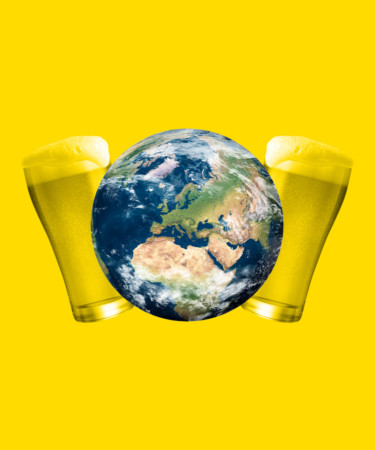While the idea may be virtually impossible to confirm, beer is suspected to be the oldest alcoholic drink in history. And even if it’s not, it remains the most universal: today, beer is the most popular alcoholic beverage worldwide, and is the second-most popular beverage in general, ranking second only to tea.
Table Of Contents
There are over one hundred distinct styles of brewing beer, with some countries becoming famous for their variations of the brew. For example, Belgium is known for the witbier, a traditional Belgian wheat beer, while the United Kingdom is more popular for its lagers. While specific regions are known for certain styles of beer production, brewers across the globe produce a variety of styles to keep up with demand from beer lovers.
The country that produces the most beer in the world
According to BarthHaas, a German hop trader accounting for 30 percent of the market share, China was the world’s top producer of beer in 2022, with the United States ranking second, and Brazil filling in the third spot.
Read on to discover which countries produced the most beer in 2020.
The Top 20 Beer Producing Countries
| Ranking | Country | Output Volume (hL) |
|---|---|---|
| 1 | China | 360,405,000 |
| 2 | The United States | 194,100,000 |
| 3 | Brazil | 147,433,000 |
| 4 | Mexico | 141,000,000 |
| 5 | Germany | 87,832,000 |
| 6 | Russia | 81,700,000 |
| 7 | Japan | 45,882,000 |
| 8 | Spain | 41,100,000 |
| 9 | Vietnam | 39,000,000 |
| 10 | Poland | 37,800,000 |
| 11 | The United Kingdom | 37,409,000 |
| 12 | South Africa | 33,750,000 |
| 13 | Colombia | 27,671,000 |
| 14 | India | 25,517,000 |
| 15 | Belgium | 25,000,000 |
| 16 | France | 22,500,000 |
| 17 | The Netherlands | 22,500,000 |
| 18 | Thailand | 22,434,000 |
| 19 | Canada | 20,613,600 |
| 20 | Czech Republic | 20,550,000 |
Information about the world’s biggest beer producing countries
China
Chinese archeologists estimate that beer was first produced in China approximately 7,000 to 9,000 years ago using rice as the grain of choice. while modern brewing using barley and hops did not start until the early 1900s. Today, China produces more beer than any other country in the world with annual production increasing by roughly three to five percent per year. The Chinese beer market is now dominated by seven large brewery groups, most of which have paired with large foreign brewers in order to improve their access to new techniques and new markets. In 2022, China produced 360.4 million hectolitres of beer, which is equivalent to approximately 302 million barrels.
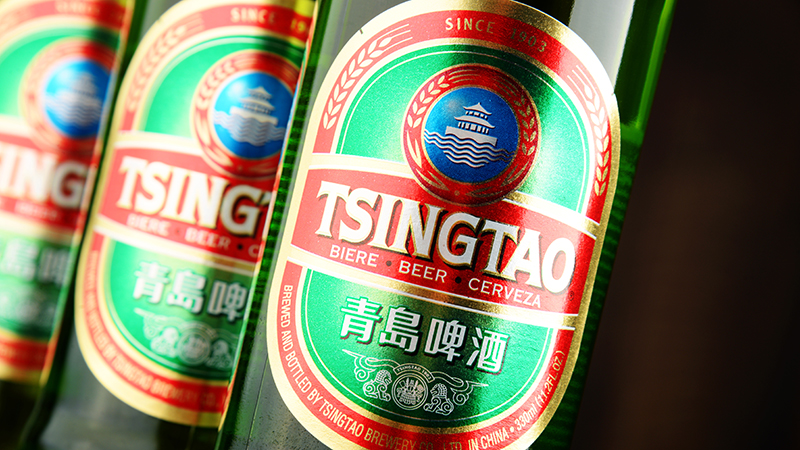
The United States
Americans love beer –– that much is no secret. In fact, in 2020, American drinkers of legal drinking age consumed 26 gallons of beer per person over the course of the year. American beer production is dominated by AB InBev, which produces recognizable bottles like Budweiser and Corona, as well as Molson Coors, the producers of Blue Moon, Coors Light, and Miller Lite. Craft beer is also extremely popular in the United States, and the number of craft breweries increased exponentially over the course of the last 10 years. However, the beer production in the U.S. has dropped in terms of hectoliters, from 211.1 hectolitres of beer in 2020 to 194.1 in 2022.
Brazil
The importance of the beer sector for the Brazilian economy is increasing rapidly and in 2019, the Sectorial Chamber for Beer was created by the Brazilian Ministry for Livestock Farming and Supply to support the industry. Thanks to the increasingly globalized world we live in, Brazilians have had the ability to experience new brands and tastes from international beer producers, which has in turn skyrocketed the country’s beer production industry. In 1999, Brazil had just 33 micro-breweries — by 2019, this number had increased to 1,209. In 2022, Brazil produced 144.4 million hectolitres of beer, which is equivalent to over 121 million barrels.
Mexico
It has been said that the first beer was brewed in Mexico in 1544. Today, the beer industry makes up shy of roughly 30 percent of the total gross production in Mexico’s beverage sector, making it one of the most important economic factors. Furthermore, Mexico is the largest beer exporter in the world, and almost half of every beer made in the country is exported internationally. Notably, Mexican beer brand Modelo surpassed Bud Light in U.S. retail sales in 2022. The country’s production is continuing to expand, rising from 126.9 million hectolitres in 2020 to 141 million hectolitres in 2022.
Germany
Germany undeniably has one of the oldest continuous brewing cultures in the world, and has been the leader in beer production in the European Union for years. It’s no shock that German beers are so renowned, especially with annual celebrations like Oktoberfest and Springfest bringing millions of beer lovers in from around the world. Today, Germany produces about 20 percent of all beers in the EU, with pilsner and wheat beers being the most popular. Germany produced 87,832,000 hectolitres of beer in 2022, which is over 73 million barrels.
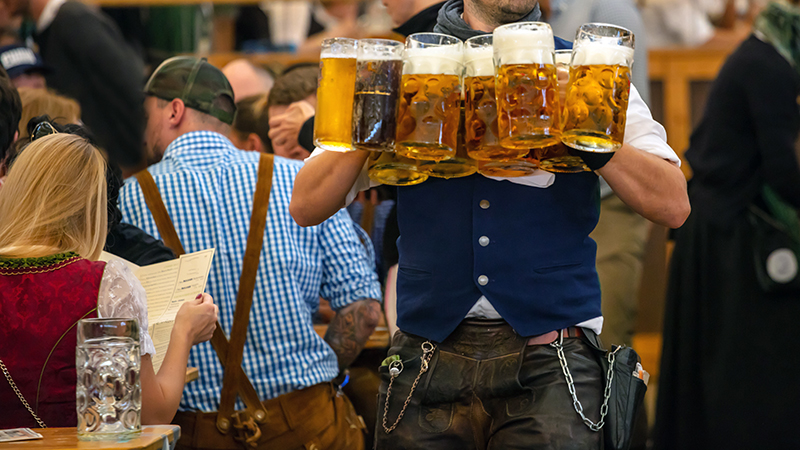
Russia
Following vodka, beer is the second most popular drink in Russia, and is often the beverage of choice for many Russians during the summer months, as well as at sporting events and barbeques. In Russia, beer is categorized differently than how we are used to seeing it in the United States; rather than categorizing beers based on their type, for example a pilsner, wheat beer, or lager, Russians categorize their beers according to the colors present — light, red, semi-dark, or dark. The country produced 81.7 million hectolitres of beer in 2022, the equivalent of over 68 million barrels.
Japan
Beer’s big break in Japan didn’t arrive until the late 1800s, when an American opened The Japan Brewery in Yokohama in 1869 to primarily sell beer to foreign travelers on business. Throughout the remainder of the 1800s, other Japanese-owned breweries opened, and by the 1900s, domestic beer production was well underway. Today, Japan’s beer culture includes brews ranging from craft beers to low-malt beers, called happo-shu, which are very popular in the country. Happo-shu is unique to Japan due to its low-malt levels (usually 25 percent or less), which is an important factor when it comes to the cost of the beverage. Japanese beer taxes are about $2.50 per liter, causing an ordinary six-pack to cost upwards of $15. However, happo-shu can contain up to 65 percent malt before being reclassified as a beer, meaning its cost point is much more affordable with a six-pack costing around $8. In 2022, Japan produced over 45 million hectolitres of beer, the equivalent of over 38 million barrels.
Spain
Early evidence of beer production in Spain has been uncovered by archeologists from the University of Barcelona who found traces of malt and beer still adhered to grinding stones in a cave in Begues, Barcelona. A key driver of Spain’s beer industry is an uptick in interest in craft beer. Behind Germany, the United Kingdom, and Poland, Spain is the largest producer of craft beer in the European Union. Furthermore, Spain’s success in the beer production industry may come from the fact that over 90 percent of all beers consumed in Spain were produced domestically, making it increasingly challenging for foreign producers to infiltrate the Spanish market. Spain jumped up from number 10 on the list in 2020 to number 8 in 2022, showing the growth of the category. In 2020, the country produced over 34.7 million hectolitres of beer and in 2022 that number jumped to 41.1 million hectolitres.
Vietnam
According to a survey conducted by the Institute of Population and Social Affairs, the second most popular alcoholic drink of choice in Vietnam is beer. From 2005 to 2019, the Vietnamese beer market has nearly tripled in terms of the average volume produced annually. Sabeco and Habeco, two of Vietnam’s leading beer producers, account for over 50 percent of the beer industry’s market share, dominating in both the affordable and mid-end sectors of the industry. The country produced 39 million hectolitres of beer in 2022, or over 32 million barrels.
Poland
Poland actually dropped behind Spain in 2022, whereas it was previously the second largest producer of beer in the EU. Nevertheless, beer is still a large part of the culture in Poland. Director of the Union of Brewing Industry Employers Browary Polskie Bartłomiej Moryzycki states, “Poland has gone through a beer revolution, transforming from a vodka country to a beer country.” Today, there are over 310 breweries in the country, and the industry as a whole sustains over 9,000 jobs nation-wide. In 2022, the Polish produced 37.8 million hectolitres of beer, amounting to over 31 million barrels.
The United Kingdom
Widely considered to be one of the top brewing and drinking nations, the United Kingdom has remained steadfast in its traditional production of beer. The classic pub is, unsurprisingly, behind the success of the beer industry in the country. And while London is an obvious city of note for its historic pubs and trendy craft brewers, it’s not exclusive in its claim over the industry: Derby and Sheffield now duel it out for the right to claim their city has the most beers on tap and Edinburgh’s craft brewing sector is on the rise. In 2022, the United Kingdom produced over 37 million hectolitres of beer — amounting to over 31 million barrels — rising from 32 million hectolitres in 2020.
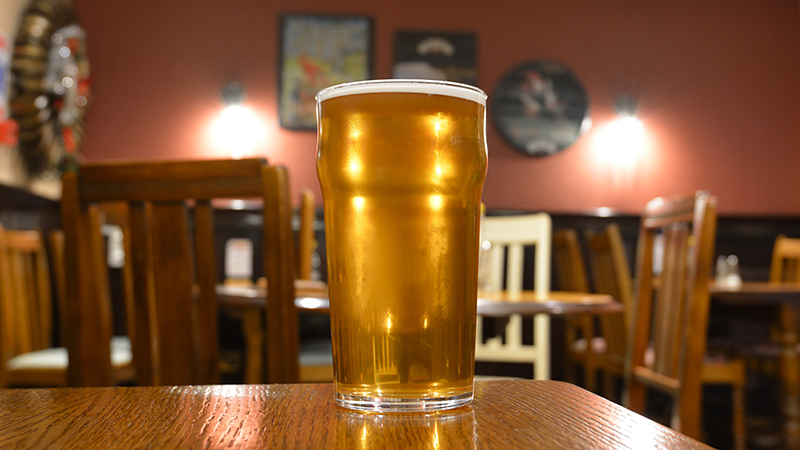
South Africa
Beer production in South Africa is largely dominated by South African Breweries (SAB), a subsidiary of AB InBev, which accounts for roughly 88 percent of beer produced in the country. While SAB maintains an almost complete monopoly over beer production in the country, the craft beer market has taken off in recent years with 220 craft breweries now open. These craft brewers draw from local ingredients and South African drinking culture to produce their independent brews. In 2020, brewers in South Africa produced 33.7 million hectolitres of beer, increasing from 26 million in 2020.
Colombia
Colombian beer is known for its tasty and refreshing qualities, necessary after a hot day in the sun. Two of the most popular beer producers in the country are Aguila and Bavaria, the Colombian subsidiary of AB In-Bev. In 2022, the country produced over 27.6 million hectolitres of beer, amounting to over 23 million barrels.
India
We welcome India back to the list of the top 20 beer producing countries in the world this year. The country previously held this ranking in 2018, but drastically dropped its production in 2020 due to the pandemic. While all countries saw a slowdown in manufacturing in 2020, India’s brewing industry was hit particularly hard due to intermittent bans on brewing. While the country’s output was down to 14 million hectolitres in 2020, the production has recovered, and actually increased beyond pre-pandemic levels, to 25.5 million hectolitres in 2022.
Belgium
While Belgium may rank 15th in terms of beer production, the country brews 10 times more per citizen than the global average. Furthermore, Belgium excels in producing beers that are diverse and versatile. Over two-thirds of Belgian beers are eligible for exports, which allows for many small and independent brewers to do quite well in the country. Belgium produced 25 million hectoliters of beer in 2022, equivalent to over 20 million barrels.
France
When one thinks of alcohol and France, they are most likely to first think of wine from famous regions like Bordeaux and Champagne. Even still, beer is both consumed and appreciated nationwide, especially in northern regions like Nord-Pas de Calais and Alsace-Lorraine, which border Belgium and Germany. Nord-Pas de Calais is popular for producing a diverse selection of specialty beers, more so than any other French brewer. French beers are typically lower in alcohol content than beers produced in other countries, and they tend to favor malt flavors. France produced 22.5 hectolitres of beer in 2022, just shy of 19 million barrels.
The Netherlands
The most popular beer produced in the Netherlands is undeniably Heineken. The pilsner is exported to countries world-wide and its iconic green bottle has become a hallmark of Dutch brewing. Pilsner as a whole accounts for over 90 percent of all beer sold in the Netherlands, but craft brewing has brought a rise in popularity to no fewer than 60 distinct styles. The country produced over 22 million hectoliters of beer in 2022, which is over 18 million barrels.
Thailand
Beer production in Thailand is dominated by two family-owned corporate giants, Boonrawd Brewery and Thaibev, both of which claim over 90 percent of the market share. To protect these beverage giants, the Thai government passed legislation in 1950 that prevents homebrewing, which also stipulates that beer can only be made in factories producing over one million liters per year. Any individual found breaking this law will face potential jail time, raids by police, and/or fines. The country produced over 22.4 million hectolitres of beer in 2022, a jump from 20 million in 2020.
Canada
Beer brewing in Canada began with the first settlers and traders in New France, who made it for necessity, not leisurely drinking. At this time, milk and water in the area were unsafe to drink, filled with dangerous microorganisms and bacteria that often made settlers sick. However, the long boiling time involved in brewing beer killed off the bacteria, leaving behind something potable. Today, beer in Canada is no longer produced out of necessity and the beer industry is dominated by two national brewers, Labatt and Molson. The beer industry contributes substantially to Canada’s tax income, generating over $5.7 billion in federal, provincial, and municipal governments in 2017. Canada has actually fallen a few rungs in the rankings this year, producing 20.6 million hectolitres of beer in 2022, a 20 million hectolitre decrease from the 2020 stats.
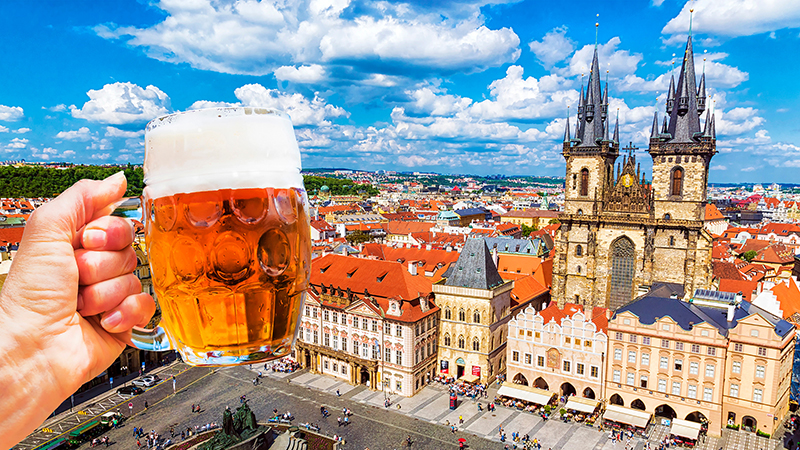
Czech Republic
Home to the pilsner, the Czech Republic is arguably one of the most important countries in the history of modern beer. The region has been producing beer since the Middle Ages, and today, the majority of beers sold in the country are light beers. The country also produces half a million tons of malt and grows approximately 7,000 tons of hops per year. While the Czech Republic has approximately 125 breweries, choice can be limited in the country as the dominant Czech brewer, Budvar, is state-owned. In 2022, the Czech Republic produced 20.5 hectolitres of beer, just over 17 million barrels.
This story is a part of VP Pro, our free content platform and newsletter for the drinks industry, covering wine, beer, and liquor — and beyond. Sign up for VP Pro now!
